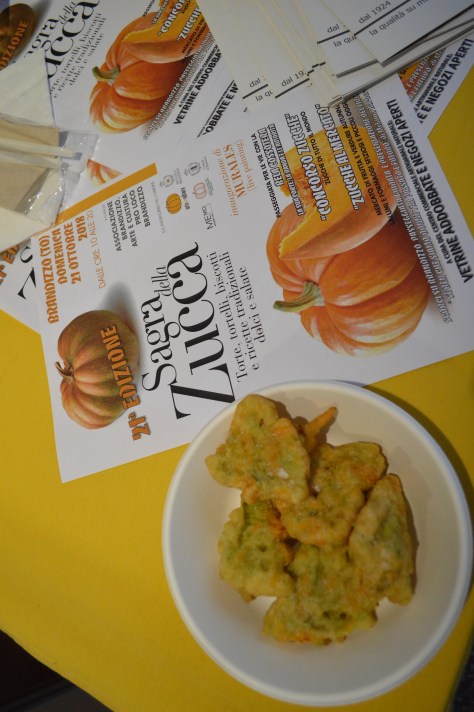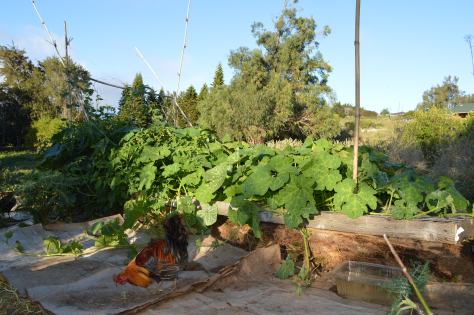A pumpkin regatta is something to behold. Since very few life skills seem to transfer to paddling a pumpkin, the experience might best be described as character building. I crossed Europe in seach of the pumpkin adventures of the Flanders region in Belgium. In the process, I was humbled by their passion for pumpkin, and what the people inspired in me.
I learned of the Kasterlee regatta while in Italy. It seemed like a very long way to go so to see pumpkins, but something drew me to witness this event. Soon after learning of it, I found myself justifying my potential trans-Europe journey, as well as the supporting thought process, to virtual strangers. I was getting a bit defensive. Why wouldn’t I cross four countries so to watch pumkins filled with people bob like apples? What seemed like the most compelling argument, ended up being about Belgians themselves. Often thought of as quiet and conservative by their neighbors, who knew that the Belgians of Flanders, would lovingly hollow out giant pumpkins, dress in funny costumes, then be rather impressive competitors? They even train for it. It made even the most skeptic listener nod in agreement. It just might be something to see, and perhaps they might join me. The Italians were even a bit jealous that this regatta would pull me away from their own festivals. I vowed to return to Italy, but for now, I was making the trip very far North from Naples to Ludwigsburg, then onwards to Antwerpen, and finally, Kasterlee.
It seemed that we all wanted to see Belgians tuck themselves neatly into cucurbits, then paddle like mad. It also appeared I had discovered a secret Belgian lifestyle that the world did not yet know about. I was going, period.
This event would complete a month long celebration in Kasterlee. Previous to this, there were farm tours, pumpkin themed menus, and more. A website featured toddlers playing among giant, still on the vine, pumpkins, in a magical scene straight out of storybooks.
Belgium is also a global contender for giant pumpkin growing. They are frequently #1 in Europe, receiving the award in Ludwigsburg, Germany. This just happened to be one of those years. The “big boys” of pumpkins had headed out of Ludwigsburg one week prior to my visit there. These pumpkins were taken on tour, and also back home for local celebrations. I was happy to find myself face-to-pumpkin with the European champion right there at the regatta. Sitting beside it on the flatbed trailer was the record holding squash. I got goosebumps, as this alone would justify the journey as “pumpkin research.”
Yes, research. It was all in the name of research. Someone had to collect these experiences, make note of these cultural traditions. It might as well be me. I could share this information, and in the process inspire others to “up their pumpkin game.” Why not stir up a bit of squash rivalry between the European nations, as well as with the rival US pumpkin growers “across the pond.”
Arriving at the regatta was a little more challenging than I expected. Being held in a tiny pond, at 9:30 am, on a Sunday, in a small village, next to Kasterlee made the whole experience memorable. Let’s just say, that by the end of the day, I walked over 3 hours to take me to and from the event. I navigated busses, trains, and walked a long way to be there. I am a big fan of struggling a bit for such experiences. It clears my mind, and makes me realize just how much passion and drive I have in me. So I walked…and walked some more.
The wonderful thing about walking, is that it allows me to spy into the late Autumn gardens. It had dropped to below one degree celsius, in Belgium, and now the cold was joined by a powerful wind. A brisk walk was welcomed. I watched the frost melt along the way. It was a powerful change from Southern Italy, or from my home in Hawaii. I reminded myself to enjoy it.
I was beginning to question if I had read the map right. I was getting a bit worried that I would miss this “outside of the town” pond. Then, I saw the first of many handpainted signs that would direct me to this special little place. I would find it. That alone inspired my walk that had turned into a hike.
By the time I reached the regatta, I realized that I was walking with enough confidence, that others thought I knew where I was going. I turned around to find a small group of couples, children and their parents, and even a few farm dogs walking behind me. I was guilty of pretending to understand Dutch, by nodding, and pointing at the signs, and striding onwards. Eventually, we saw that a field was filled with cars, and the distant mumble of a voice on a mega phone could be heard. We had arrived.
I know what I was expecting, I was planning on seeing the races. The struggle of competition. Silly costumes, and rivals. Instead, I found beauty. I found stillness, light, poetic movements, and sculpture. I saw a surreal play of light, and form. I did not see that coming, but the regatta seemed like a dreamscape to me. It was the calm and quiet that inspired me to continue to stand with wet boots at the edge of the water, for hours. It was the way that the pumpkins themselves looked more like sculpture than boats. They were already unique natural forms, and with the creative hands of the villagers, they were transformed into something else. I was smitten.
Maybe it was the long hike, the cold, the exhaustion, but the tranquillity drew me more than the competition. It was the event helpers, all were local kayakers, that stood in knee, or waist deep water, that became my focus. For hours, they turned these giant forms, and spun them across the light that was dancing on water. I was reminded of the poetry of man and nature.
The races were won and lost, the families gathered, cheered, and celebrated. I was calm and quiet and contemplative. More than anything, I was grateful that this event, of all places, could return me to a quieter side of myself. Travel does that, if you let it. It can shake loose bits of ourselves that get lost in the day-to-day. So to the people of Kasterlee, thank you. Your dedication to your craft, reminded me of my own. That is a gift that I will remember you for. To the people of Flanders, dank u zeer.
























































